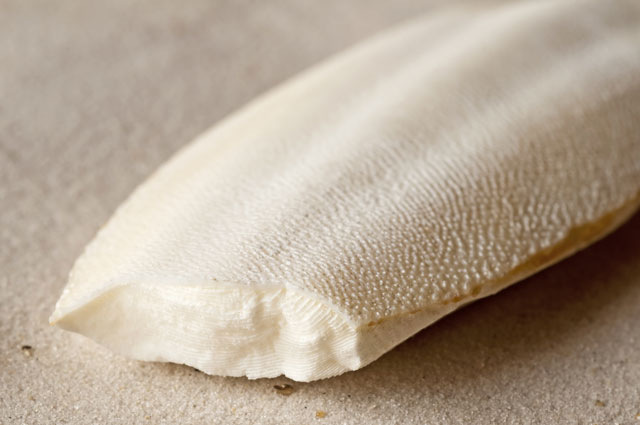“Custom” clothes could soon have a new meaning: Climate control technology for your threads, coming soon
11/21/2017 / By Rita Winters

Scientists are awesome. They provide solutions to environmental problems, find new discoveries, and have even thought of developing clothing that adapts to your body’s heat. Dr. Carla Silva, chief technology officer, and her team at the Center for Nanotechnology and Smart Materials in Porto, Portugal states that the wearable climate-control technology will be available in about three years’ time.
This technology, called nanocapsules, involves encapsulating wax-like substances such as paraffin in starch molecules, which are almost a thousand times smaller than human hair. These nanocapsules can be permanently attached to fabric fibers through covalent bonding, the strongest form of chemical bond.
When the body heats up (higher than normal), the wax in the starch capsule will melt and absorb the heat from the body. As soon as the body cools down, the wax will start solidifying, releasing the built up energy from the heat. The technology is modeled after human sweat, whose role it is to pick up heat from the skin and release it through evaporation.
Children and the elderly, who cannot take full control over their body temperatures, will benefit from this innovative cooling/heating mechanism. Athletes, adventurers, hikers, and other active members of the community will also benefit from a cooling/heating jacket. Having a two-in-one purpose shirt or jacket would prove useful, as an individual will not need to pack more clothing.
Applications of this technology can be for sports wear, outdoor gear, and other climate-specific garments. Dr. Silva and her team are currently working with a Belgian chemical and textile company called Devan Chemicals to develop the technology to create functional clothing. They are also working with a number of dermatological companies.
The team’s main goal is to find a way to use the capsules as a way to deliver natural plant oils that kill bacteria. This will go a long way in treating skin-based infections and other painful dermal conditions. Funded by the European Union, the future of temperature-controlling, bacteria-killing garments is promising. Other skin treatments will also benefit from this technology. The lifespan of the nanocapsule, however, will only last as long as the garment itself. The contents of the capsule will run out depending on the extent of the infection or treated area.
Eczema is one of the main targets of the production of the nanocapsules. Also known as atopic dermatitis, it is usually associated with allergic reactions, and people with asthma are known to have eczema as well. Common types of eczema include dry, scaly skin redness; and intense itching.
The known forms of eczema are:
- Atopic dermatitis
- Contact dermatitis
- Dyshidrotic eczema
- Hand eczema
- Neurodermatitis
- Nummular eczema
Dermatological applications, including aesthetic wear like cosmetics, could improve as well. The technology will aim to treat skin damage from chemicals and excessive exposure to the sun. Skin allergies caused by multiple external factors can also be targeted by the nanocapsules to reduce irritation, inflammation and infection in skin abrasions. (Related: Cure eczema the natural way.)
Nanocapsules are currently being tested on laboratory-grown epidermis, which is a better option than to test it on human subjects. The artificial epidermis is made from human skin cells donated by individuals after cosmetic surgery, and can react the same way as real skin. This will provide accurate and validated results without further testing on animals. Research shows that treatment from nanocapsules is more efficient and effective because it penetrates deeper in to the epidermis than the usual, mass-produced products available now.
Sources include:
Tagged Under: climate-control clothes, cooling clothes, future tech, gadgets, heat-activated clothing, inventions, nanocapsules, science, warming clothes




















